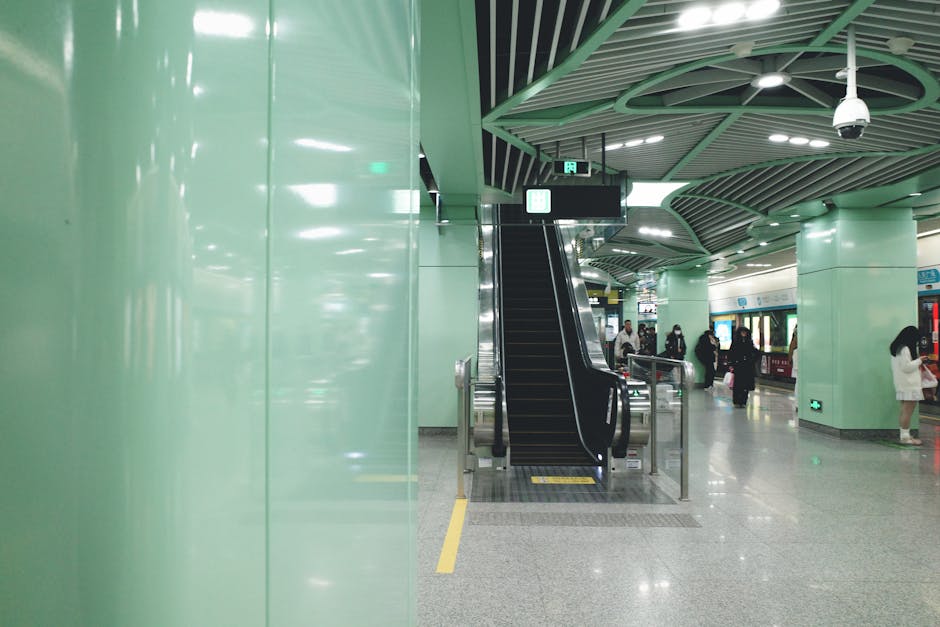Understanding Security System Integration What It Is and Why It Matters
Understanding Security System Integration What It Is and Why It Matters
Blog Article

In an increasingly complex world, ensuring the safety and security of properties—both residential and commercial—has never been more critical. One effective approach to enhancing security is through the integration of various security systems. Security system integration allows different security components, such as alarms, surveillance cameras, and access control systems, to work together harmoniously, providing a comprehensive security solution. Understanding the significance of this integration is essential for anyone looking to protect their property effectively.
Understanding Security System Integration: What It Is and Why It Matters
Security system integration refers to the process of connecting various security components into a unified framework. This can include video surveillance systems, alarm systems, access control measures, and even environmental monitoring devices. By integrating these systems, property owners can achieve a cohesive security strategy that not only enhances safety but also simplifies the management of security operations.
The importance of security system integration cannot be overstated. In today's world, where threats can arise from numerous sources, having a disjointed security setup can lead to vulnerabilities. An integrated system allows for real-time communication between devices, enabling quicker responses to potential security incidents and providing a more effective deterrent against threats.
Key Benefits of Integrating Your Security Systems
Integrating security systems offers numerous advantages that enhance both operational efficiency and overall security. Here are some key benefits:
1. Improved Efficiency
When security systems are integrated, users can manage all devices from a single interface. This centralization reduces the time and effort required to monitor and control each system individually. For instance, if a security camera detects motion, it can automatically trigger alarms or notify the property owner, streamlining responses and minimizing the risk of overlooking threats.
2. Enhanced Security
Integrated security systems provide a more robust layer of protection. With all components communicating effectively, the system can identify anomalies and respond promptly. For example, if an unauthorized person attempts to access a restricted area, not only can alarms sound, but cameras can begin recording, and notifications can be sent to security personnel simultaneously.
3. Cost-Effectiveness
While the initial investment in security system integration may seem daunting, the long-term savings can be substantial. An integrated system often requires fewer physical devices and reduces maintenance costs. Moreover, by preventing security breaches, property owners can save significantly on potential losses and damages.
How to Choose the Right Security System Integration Provider
Choosing the right provider for security system integration is crucial to achieving optimal results. Here are some practical tips to help you make an informed decision:
1. Assess Experience and Expertise
Look for providers with a proven track record in security system integration. They should have extensive experience in the field and a portfolio showcasing successfully integrated systems across various environments.
2. Inquire About Customization Options
No two properties have the same security needs. A good provider will offer tailored solutions that address your unique requirements. Ask about their ability to customize systems based on your specific security concerns and property layout.
3. Check for Comprehensive Support
Integration is just the beginning; ongoing support is essential. Ensure that the provider offers robust customer support and maintenance services. This will give you peace of mind knowing that help is available if issues arise.
4. Look for Integrated Solutions
Inquire about the range of systems and technologies they offer. A provider that can integrate various types of security systems—like video surveillance and alarm systems—will be more effective in creating a cohesive security environment. For instance, if you're considering surveillance cameras, look at options available for professional installation, ensuring that your integrated security framework functions seamlessly.
Conclusion
Security system integration represents a forward-thinking approach to protecting properties and ensuring safety. By understanding its benefits and knowing how to choose the right provider, property owners can create a more secure environment for themselves and others. If you are considering upgrading your security measures, now is the perfect time to explore options for integrating your security systems to achieve a comprehensive and effective security strategy.
Report this page